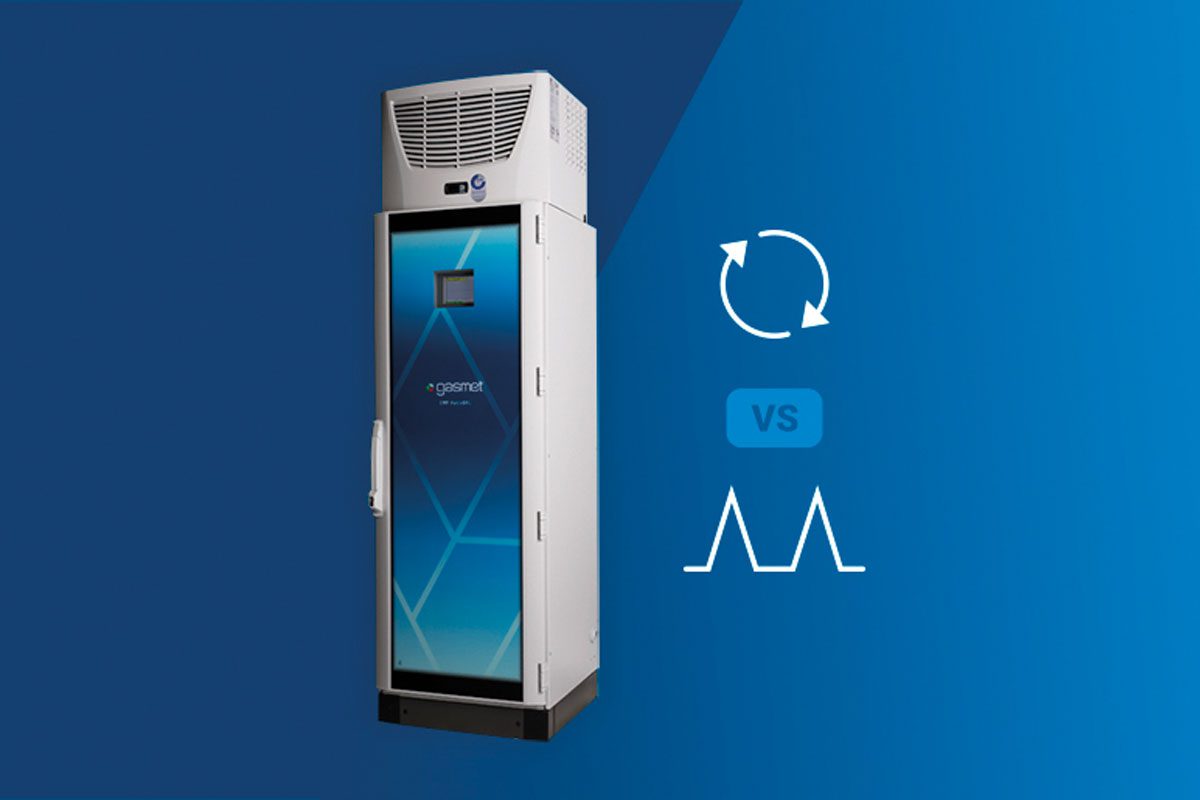The latest changes to the WI BATC document came in December 2019. This document describes the abatement techniques and associated emission levels (BAT-AELs) for waste-to-energy plants, as monitoring expert Gasmet explains.
The most notable change is the requirement to monitor mercury emissions. The new WI BATC document sets levels as 5-20 µg/Nm3 (daily average) or 1-10 µg/Nm3 (long-term sampling). The new monitoring regulations require continuous mercury monitoring, with a few exceptions.
“Importantly for you”, says the firm, “it set a four year transition period, after which all facilities in its scope need to be in compliance. If you’re doing the math at home, four years from 2019 is 2023”.
“If you’ve been doing periodic measurements up to this point, you need to look into switching to continuous measurement, because there’s a good chance that the old method of periodic measurements won’t cut it anymore”.
It might be tempting to try and conform to the requirements using periodic measurements, but test results indicate that that might be challenging. Heterogeneous waste streams are prone to having a varying mercury content which will then often directly translate into large variation in the flue gas mercury content. Hence, continuous measurements provide a more thorough look at the emissions than periodic measurements. Gasmet’s CMM and CMM AutoQAL systems have the lowest certified measuring range (0-5 µg/m3, certified by TÜV and MCERTS) for compatibility with current regulations. This is lower than the lowest concentration of the new WI BREF requirements, ensuring a future-proof solution.







